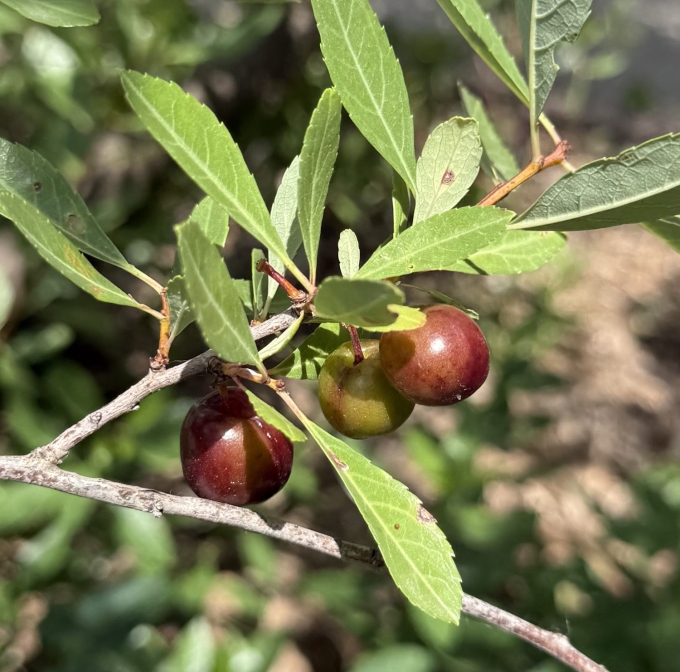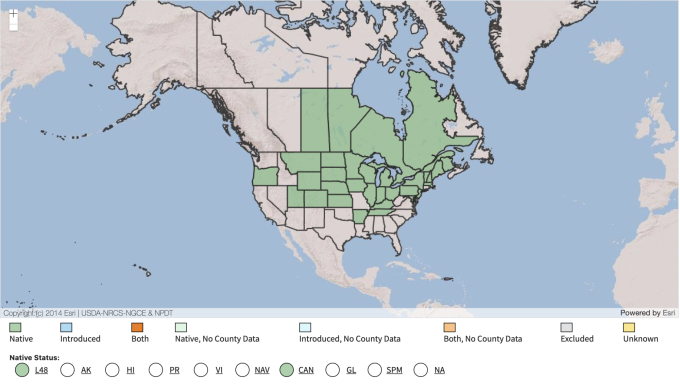Common Name: Sand Cherry
Family: Rosaceae
Plant Type: Deciduous Shrub or Groundcover
Hardiness Zones: 3–8
Height: 1.0 to 3.0 feet
Spread: 3.0 to 6.0 feet
Bloom Time: Mid to late spring (April–May)
Bloom Description: Clusters of small, white to pale pink flowers
Sun Exposure: Full sun
Water Needs: Low to medium
Soil Preference: Well-drained sandy or rocky soils; drought-tolerant
Maintenance Level: Low
Suggested Use: Erosion control, groundcover, native gardens, low hedges
Attracts: Pollinators, especially early spring bees; fruit attracts birds and wildlife
Tolerates: Drought, wind, poor or sandy soils
Notable Features: Edible fruit, dense spreading habit, excellent erosion control, native prairie species
Native Range: Northern and central North America, including parts of Nebraska’s Sandhills and prairie regions
Nebraska Growing Notes:
Sand Cherry is well adapted to Nebraska’s dry, sandy, and wind-exposed conditions—particularly in western and central regions. It forms dense colonies through suckering, making it excellent for stabilizing slopes and naturalizing in prairie restorations or dry borders. Produces small, tart, dark purple cherries in summer.
Landscape Use:
Perfect for native landscapes, dry slopes, erosion control, and pollinator plantings. Its tough, low-growing habit makes it ideal for planting along retaining walls, prairie edges, or mixed with native grasses and wildflowers.
Caution:
Fruit is edible but astringent and best used in jams or jellies. Suckers aggressively—may spread beyond intended areas if not managed.
Garden Locations:
Sources:


